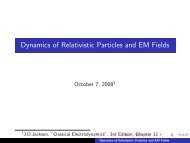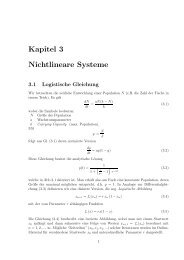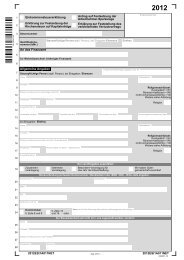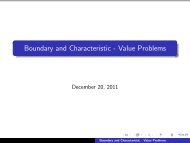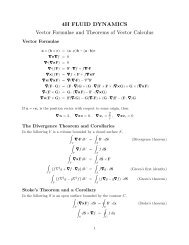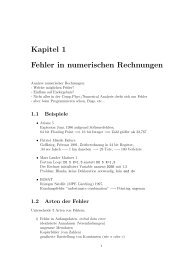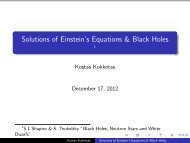Electromagnetic Waves
Electromagnetic Waves
Electromagnetic Waves
You also want an ePaper? Increase the reach of your titles
YUMPU automatically turns print PDFs into web optimized ePapers that Google loves.
Thus the wave described by (6) and<br />
(11) or (12) is a transverse wave<br />
propagating in the direction n.<br />
Or that E and B are oscillating in a<br />
plane perpendicular to the wave<br />
vector k, determining the direction<br />
of propagation of the wave.<br />
The energy flux of EM waves is described by the real part of the<br />
complex Poynting vector<br />
<br />
1 c<br />
S =<br />
2 4π E × H ∗ = 1 c<br />
2 4π<br />
<br />
ER × HR + EI × <br />
HI + i EI × HR − ER × <br />
HI<br />
where E and H are the measured fields at the point where S is<br />
evaluated. 2<br />
2 Note : we use the magnetic induction H because although B is the applied<br />
induction, the actual field that carries the energy and momentum in media is H.<br />
<strong>Electromagnetic</strong> <strong>Waves</strong>




